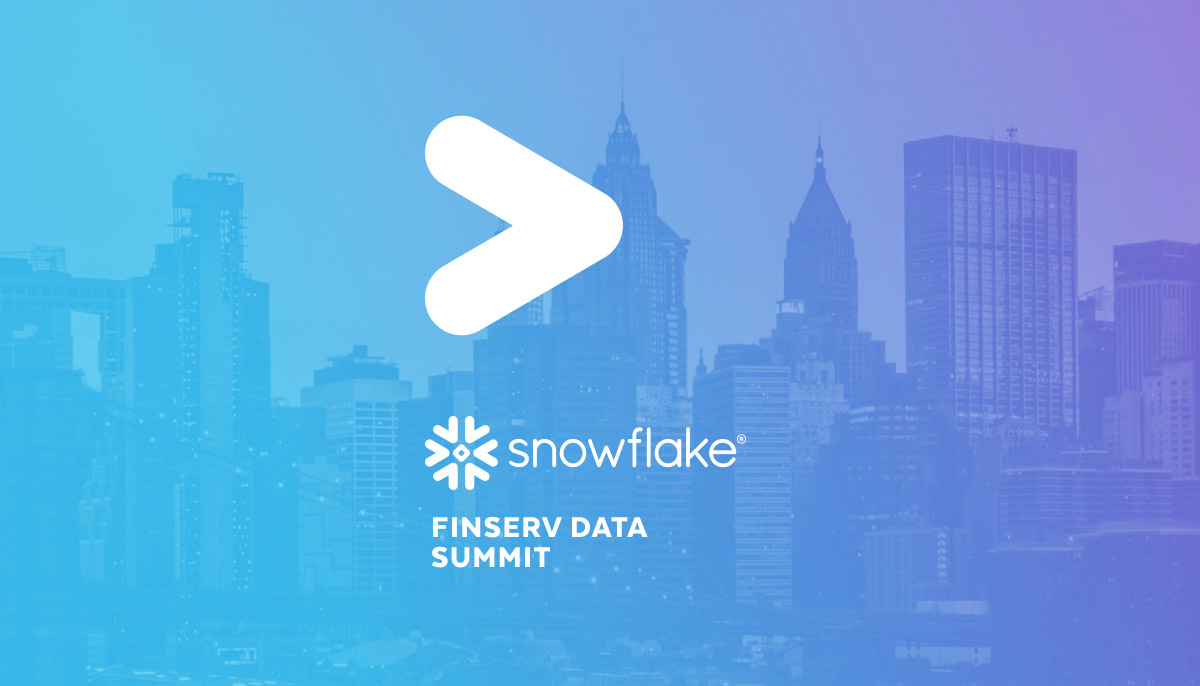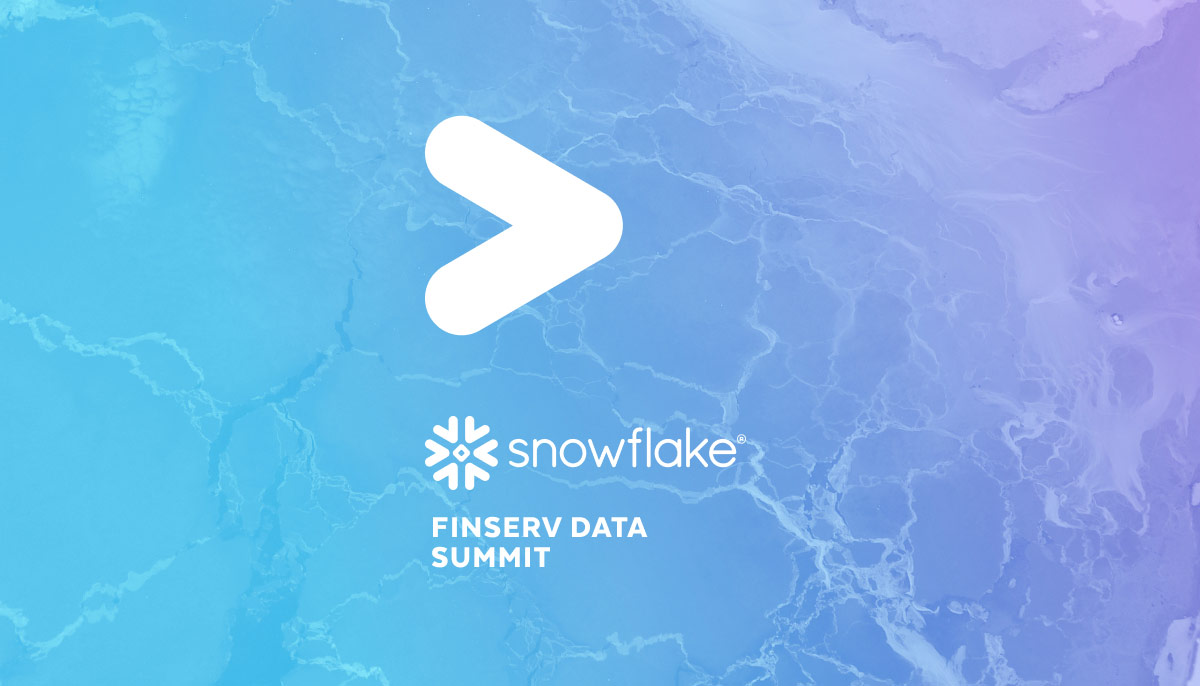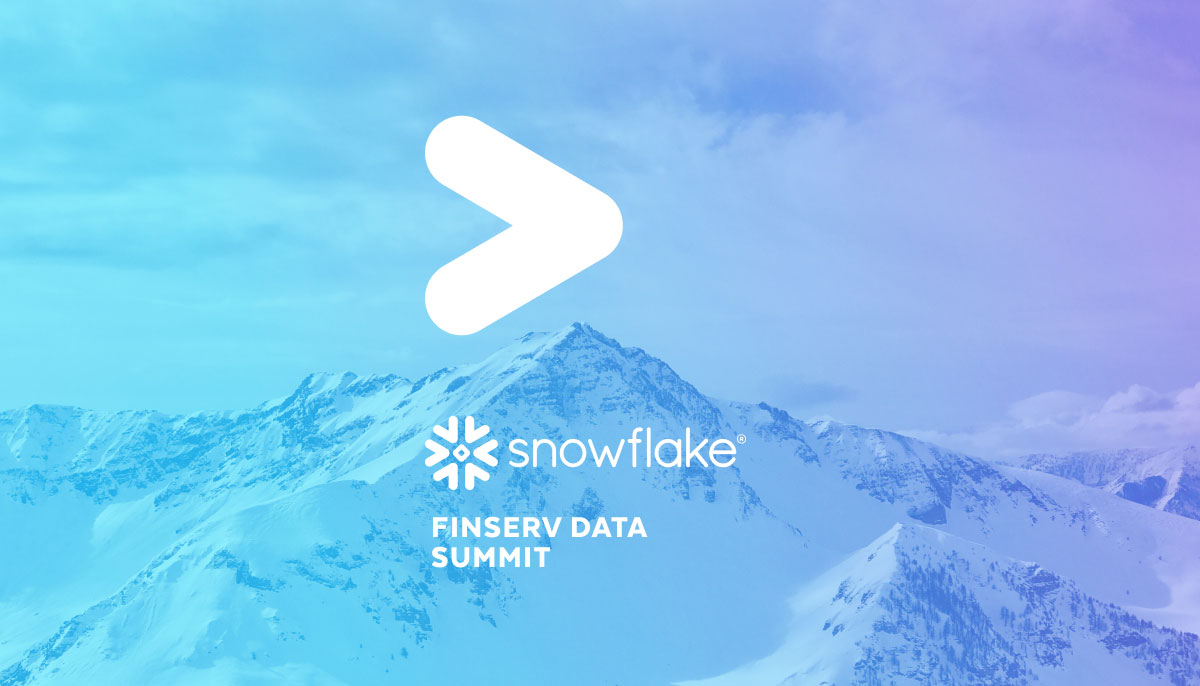Data is certainly the new currency of the financial services industry. At Snowflake’s Financial Services Data Summit in EMEA last week, attendees heard how Snowflake is helping customers spend and share that currency to better improve their operations, reduce their risk and, above all, deliver better customer experiences.
Industry Trends for Financial Services
One of the biggest business drivers in the financial services industry has been customer expectations. With the rise of online, neo-banks, customers have come to expect great service at their fingertips. Younger customers expect a seamless digital experience, and most never go into a branch. Their experiences with other online services set the bar high. Personalization, in which companies anticipate the needs of their consumers, is now expected. Imagine an offer of a first-home buyer’s loan delivered to a newly married couple, an offer for home insurance following a home purchase, travel insurance for an upcoming vacation, or on-demand insurance when renting a car. These are the kinds of offers that will have the most success, as they are delivered in a relevant and timely manner to their target customer.
But personalization is about more than just the content of the offer. It’s also about when and where the offer is delivered. In some cases, these offers are embedded into other apps and delivered directly into the user’s context. According to Forrester, embedded finance is the ultimate for meeting customer needs when and where they arise, and it will transform the industry over the next decade. So, for good reason, a focus on the customer is now top of mind, or better be, as open banking—and, by extension, open finance—takes hold across the industry. These new ecosystems have exploded in Asia and are available in Europe via Open Banking Europe. They will emerge and grow in the U.S. as well.
But how do organizations know these things about their customers? Growing customer expectations require expanded data access and collaboration across teams and partners. Customer 360 initiatives create a complete view of customers, with internal data enriched by third-party sources. That means access to external data, either from data marketplaces or via data collaboration with a broader ecosystem of partners. That’s a tall order and requires that financial services firms up-level their data game.
That brings us to our next trend: data optimization. Most companies have recognized the vast potential of their data. But, as Thomas Edison recognized, “The value of an idea lies in the using of it.” And the same goes for data. To effectively use data, companies need to get their data house in order with an enterprise-wide data strategy focused on delivering pan-business insights and driving value creation. That requires investment across the data value chain starting with streamlining sourcing and onboarding and also facilitating access to the data by eliminating silos across the organization.
As my colleague Rinesh Patel noted in our fireside chat, data science does not care about where the data sits, but rather it cares about the relationship that exists between various data. If you cannot bring data together in a meaningful way, you cannot mobilize those relationships. In speaking with customers, Rinesh estimates that for every dollar spent on data, 80 cents is spent on data management. When their treasure trove of unique data assets remains limited to a few users or departments, Snowflake’s financial services customers recognize the need for better data management and data enablement.
As a result, Snowflake’s customers are thinking differently and embarking on a technology transformation that delivers a modern data infrastructure. The new data infrastructure is about enabling freedom to explore and learn from the data within guidelines that prevent catastrophic outcomes, providing a safe environment to explore the art of the possible. Companies need to be able to experiment and innovate. They need to access data quickly and easily, from within their companies and with partners and customers outside of their organizations. They need to share data to build more-accurate models and generate more-valuable insights. The good news is that Snowflake offers that yin yang for a modern data infrastructure.
Data Use Cases and Initiatives for Financial Services
In our fireside chat, Rinesh Patel and I discussed not only trends but also what the leaders in the industry are doing: how they are putting their data to use. Four initiatives were highlighted:
- Personalization responds directly to customer expectations and the need to improve the customer experience. Banks and insurance providers are creating a complete 360-degree view of customer data across channels, products, and other previously siloed data. With greater visibility into the customer, they can better anticipate needs and deliver highly personalized—timely and relevant—services. And, they can engage in the way the customer wants, potentially embedded into the app the customer is using. For their customers, this means no more letters in the mailbox or wondering if the bank or insurance provider has gotten a memo they sent.
- Regulation and compliance are also top of mind for banks. Since the financial crisis in 2008, regulators have been implementing robust frameworks to monitor market risk and behavior. Regulators require firms to report key financial metrics in a frequent and timely manner, with each report comprising both internal data and market data in very specific formats. The growing body of regulations means an increased amount of reporting burden—a true alphabet soup. Faced with Market Abuse Regulation (MAR), Markets in Financial Instruments Directive (MiFID), Securities Financing Transaction Regulation (SFTR), and Fundamental Review of the Trading Book (FRTB) in 2023, firms are looking at regulatory reporting holistically and seeking to standardize and digitize processes to improve governance, efficiencies, and accountability. The physical movement of data from bank to regulatory bodies continues to be a source of particular frustration. Data sharing between banks and regulatory bodies will improve the process.
- On the buy-side of the industry, quantitative research is another hot area. Buy-side firms are becoming increasingly complex and taking quantitative and research workflows in-house, requiring a greater adoption of enterprise data management solutions. Systematic, rules-based, and automated approaches to data analysis are now the norm rather than the exception. Such approaches require the ingestion and joining of large and disparate data sets that detail company balance sheets, performance forecasts, and other alternative data sets. Analysis is run over the historical data, sometimes going back decades. These processes are run daily for various use cases, for example, to rebalance portfolios and determine portfolio risk, and they are run ad hoc to research new theories and ideas or create new financial products. All of this requires an enormous amount of data and compute capacity.
- And finally, there are ESG—environmental, social and corporate governance—issues. Climate change, diversity, and human rights as well as business ethics and corporate governance are at the forefront of public and political attention. ESG issues are integral to identifying and properly evaluating investment risks. ESG scores have become as important as traditional financial metrics when evaluating company performance. There has been a rapid increase in demand for the inclusion of ESG data sets to support a number of use cases, for example, to create finalized per-company ESG scores for analysis—either as a filter to select in/out securities from the tradable universe or to create multi-factor portfolios with ESG as a factor for a new set of regulatory obligations. SFDR aims to ensure that investors have the disclosures they need to make investment choices that are in line with their sustainability goals. ESG integration is still a relatively new concept and there is a lack of standardization in data reporting. Snowflake is working to bring more data on board and make it more frictionless to integrate ESG data and scores.
It’s easy to see why, with personalization, regulation, quantitative research, and new workflows, the financial services industry is ripe for cloud transformation. Snowflake’s Data Cloud enables customers to aggregate and crunch large amounts of data together, apply short bursts of intermittent computation, and simplify the creation of analytics and reporting in new and exciting ways.







